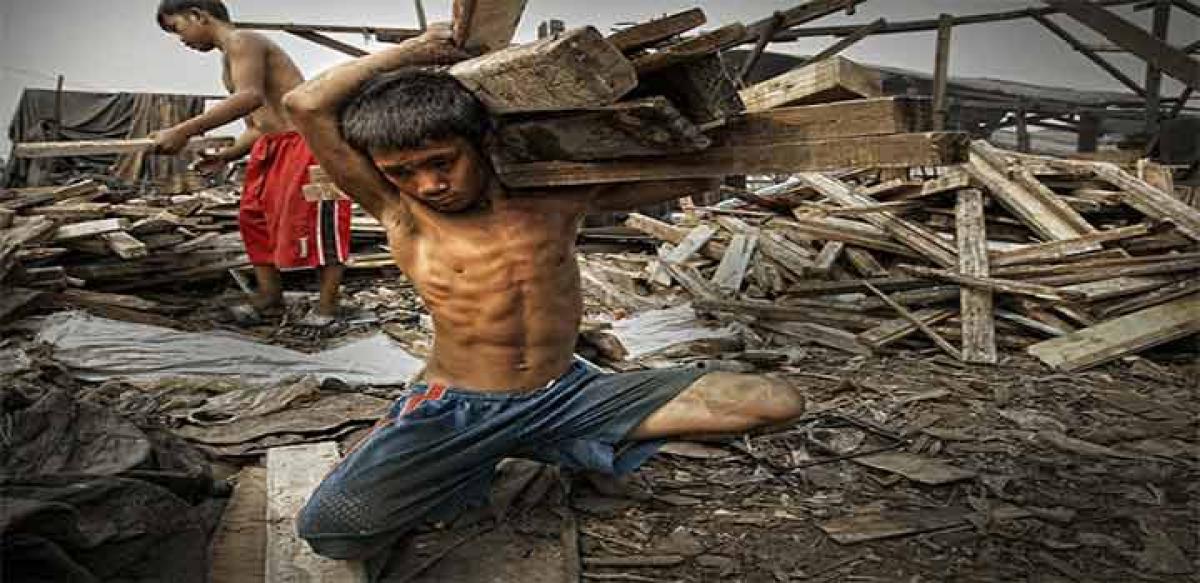Live
- BGT 2024-25: Call on Gill’s participation to be taken on morning of the match, says Morkel
- Amazon.in Mega Electronics Days: Great Deals on Gadgets until 27 November 2024
- iPhone SE 4 Rumored to Launch in March 2025: What to Expect
- India sees 40 pc rise in PE, VC investment at $4.7 billion in Oct
- MLA Sri Ganesh Distributes Cheques to Kalyana Lakshmi beneficiaries
- AP health minister highlights need for awareness over generic medicines
- SC restores evidence-tampering case against former Kerala Minister Antony Raju in 'underwear' matter
- Apple’s $100 Million Bid to Reverse iPhone 16 Ban in Indonesia
- 'When BCCI want things to happen, they get their way': Finch on IPL auction dates
- Revolutionizing Customer Service: Enhancing Customer Experience through OneConnect Project and SAP Service Cloud










